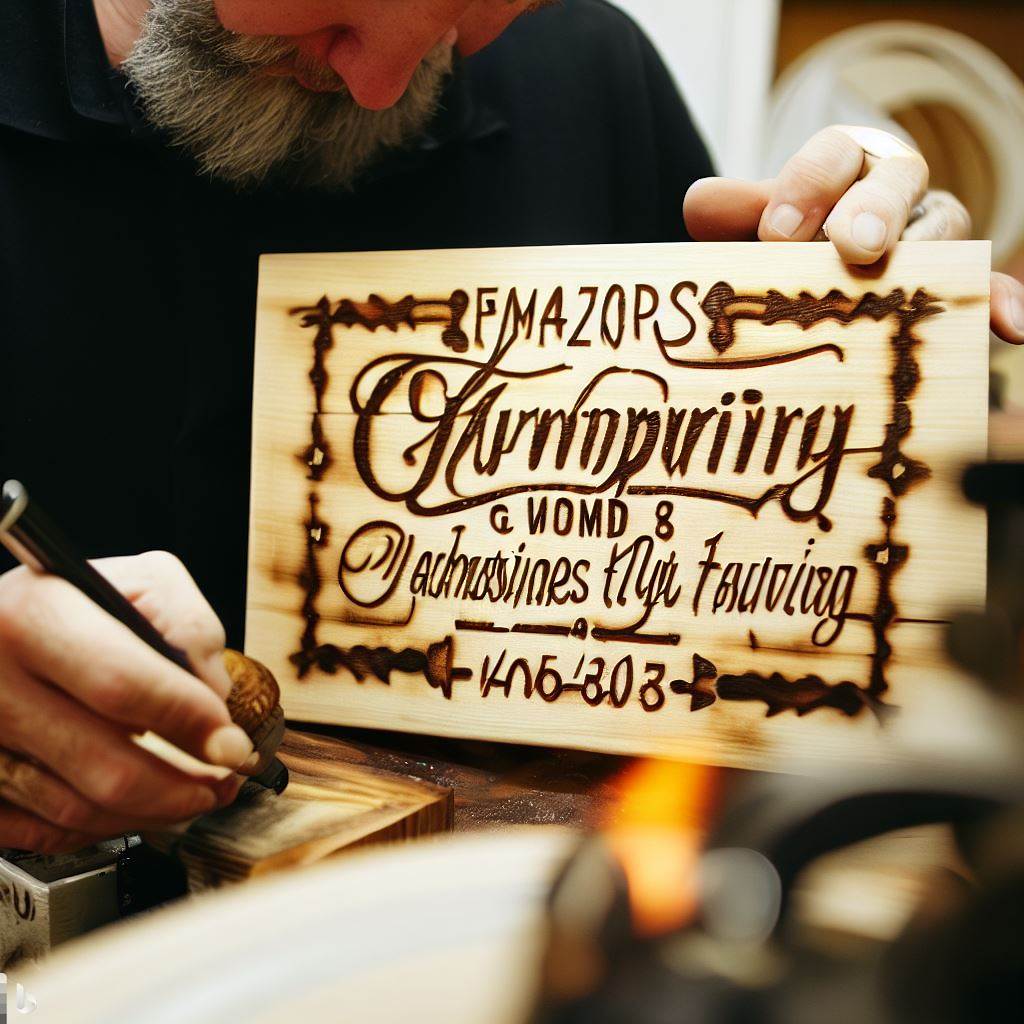Troubleshooting Common Pyrography Mistakes: Tips for Beginners
As with any new skill, beginners learning pyrography will inevitably encounter frustrations and setbacks on the path to artistic mastery. However, identifying common wood burning mistakes ahead of time allows new pyrographers to avoid pitfalls and progress quickly. Learning pyrography does present a moderate learning curve due to the coordination required between controlling tools, temperature, pressure, stroke techniques, and more. But knowledge of solutions for the most frequent errors empowers beginners to bypass needless aggravation. Through purposeful troubleshooting, new wood burners can fast track their skills from shaky and uncertain to confident and capable.
Benefits of Troubleshooting Beginner Pyrography Problems
Proactively correcting mistakes right from the start prevents bad habits from taking hold while accelerating skill-building. It:
- Provides solutions to common issues that cause frustration.
- Allows assessing and improving techniques early on.
- Saves having to unlearn ineffective methods down the road.
- Builds foundational skills correctly before attempting complex projects.
- Helps gauge if more practice is needed on fundamentals before advancing.
- Gives confidence moving forward knowing how to avoid pitfalls.
Troubleshooting transforms the beginner learning process from guesswork to mastery.
Common Pyrography Equipment Issues and Solutions
Problems with tools present easy issues to eliminate:
Tip Not Heating
Issue – Cool non-burning tip.
Solution – Check power supply, cord connections. Replace tip.
Inconsistent Burning
Issue – Intermittent deep burning followed by weak burning.
Solution – Likely dirty tip or wire needs cleaning with emery paper.
Unstable Temperatures
Issue – Fluctuating unpredictable burning effects.
Solution – Replace aging pyrography pen and use high quality power supply.
Tip Dragging Roughly
Issue – Tool catching and skipping across wood surface.
Solution – Sand wood until ultra smooth before burning.
With quality well-maintained tools in hand, success is already halfway achieved.
Fixing Common Wood Prep Errors
Mistakes preparing the wood are also easily avoided:
Burning Through Veneer
Issue – Burn penetrates thin wood laminate layer.
Solution – Use solid wood or adjust temperature and technique for delicate veneers.
Bubbling Finish
Issue – Existing wood finish bubbles and discolors when burning.
Solution – Strip wood down to raw state before burning for best results.
Uneven Burning
Issue – Burns appear blotchy and inconsistent.
Solution – Sand wood to ensure uniform smoothness before burning.
Wood Splintering
Issue – Burning causes splinters around design edges.
Solution – Ensure wood grain runs parallel to edges to prevent splintering.
Proper blank canvas preparation prevents many easily fixable issues.
Improving Pyrography Technique and Execution
Reflecting critically on techniques ensures continual improvement:
Shaky Lines
Issue – Wobbly uneven burn lines.
Solution – Stabilize hands on workspace. Pull tool toward you for control.
Blunt Lines
Issue – Lines appear fuzzy and undefined.
Solution – Sharpen burning angles with faster, more confident strokes.
No Value Change
Issue – Burns all appear same darkness with no value range.
Solution – Consciously vary pressure, speed, proximity for lighter and darker areas.
Random Strokes
Issue – Haphazard marks don’t form cohesive image.
Solution – Thoughtfully plan compositions. Burn with intentionality.
Evaluating methods against quality benchmarks identifies areas needing refinement.
Avoiding Common Wood Burning Mistakes and Pitfalls
Being aware of these common errors in advance prevents their recurrence:
- Forgetting planning lines resulting in design flaws.
- Holding tool totally perpendicular rather than at slight angle.
- Moving tool too slowly for clean burning effects.
- Dwelling too long in one area leading to accidental scorching.
- Gripping tool too tightly causing tense muscles and shaky burns.
- Rotating wood piece while burning instead of wrist/tool.
- No workspace protection from burns and hot tipped tools.
- No safety ventilation for filtering fine particulates.
Forearmed with knowledge, beginners can circumvent many typical wood burning slip-ups through mindful troubleshooting.
Establishing a Helpful Beginner Pyrography Routine
Implementing consistent routines builds strong foundations:
- Review safety protocols before each session.
- Prepare blank wood surface with sanding/conditioning for ideal burning canvas.
- Have adequate work area free of clutter and distractions.
- Perform hand stretches and warm up on scrap wood before starting main project.
- Use preliminary sketch lines to plan out composition.
- Take regular breaks to rest muscles, eyes, and focus.
- Maintain clean, organized workspace and tools.
Structure and self-awareness cultivates an ergonomic, productive practice.
Learning pyrography well requires patience with oneself as much as persistence. But new wood burners armed with solutions for common mistakes can circumvent major roadblocks. By troubleshooting problems as they arise, beginners master fundamental skills faster, gain confidence, and begin creating quality artwork sooner. Turning pyrography obstacles into opportunities for improvement puts success firmly within reach.
